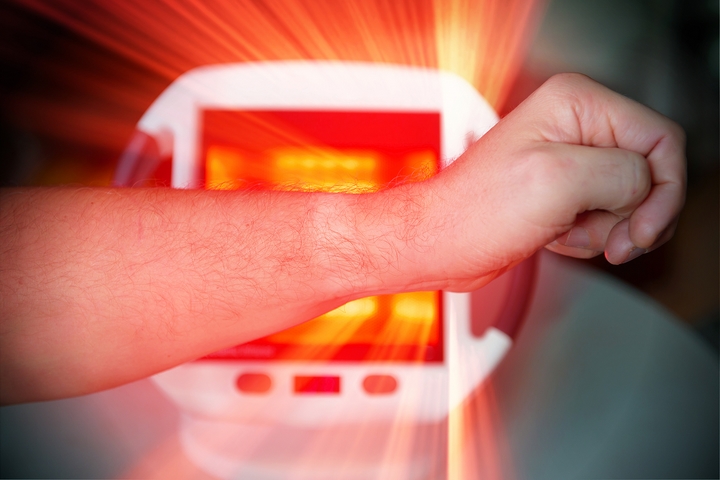During the cold season, it is essential that your home is heated well. Whether you are replacing or installing a heating system, consult a professional to choose the right system for you home. There are different types of systems designed to generate heat in homes. While some systems only provide heating, others offer both heating and cooling.
Heating systems use various fuel sources; these include electricity, natural gas, biofuel (such as wood), propane and fuel oil. Some homes use multiple heating systems.
Below are seven different types of home heating systems:
Type #1: Heat Pumps
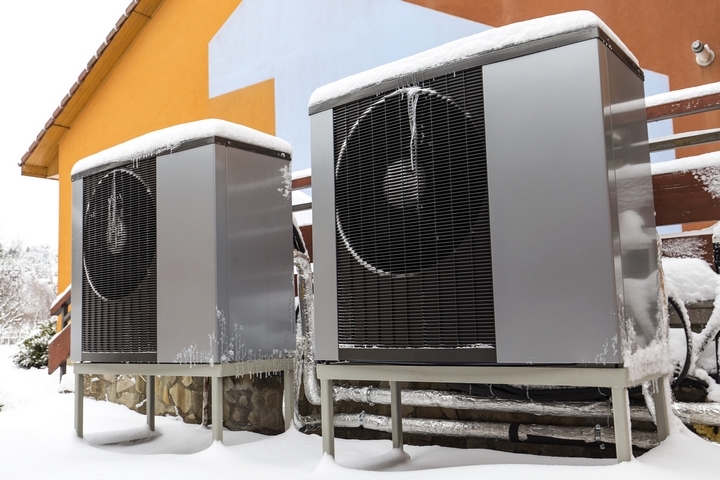
These types of home heating systems offers the latest technology for heating and cooling homes. Using an indoor air handler, they extract heat from the air and circulate it into rooms. Air-source heat pumps are the standard home heating systems, but there are other options like geothermal or ground-source heat pumps that draw heat from the ground, and water-source heat pumps, which rely on a lake or pond for heat.
The ductless or mini-split system is the most popular air-source heat pump. It features one or two air handlers to serve the remote areas in a home or room additions and a small outdoor compressor unit.
Type #2: Gravity Air Furnaces
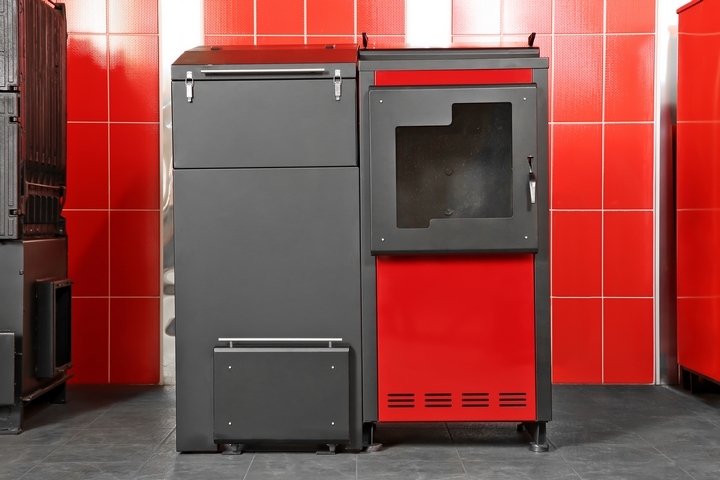
Gravity air furnaces distribute warm air through a series of metal ducts. This type of home heating system operates on the premise that while warm air rises, cold air falls. For example, the furnace heats the air in a basement, which then rises through ducts to be distributed to the various rooms in a home. Travelling through the cold-air return ducts, the cool air then returns to the furnace for reheating.
These air furnaces are also known as “octopus” furnaces. While you won’t find them in modern homes, they are still powering several older homes. A gravity air furnace can use liquid propane, electricity, fuel oil, or natural gas as fuel. While they’re not typically in use anymore, they do last longer and do not have moving parts. You will seldom need any furnace repair and maintenance services due to the sturdiness of these home heating system.
Type #3: Hot Water Baseboard Radiators
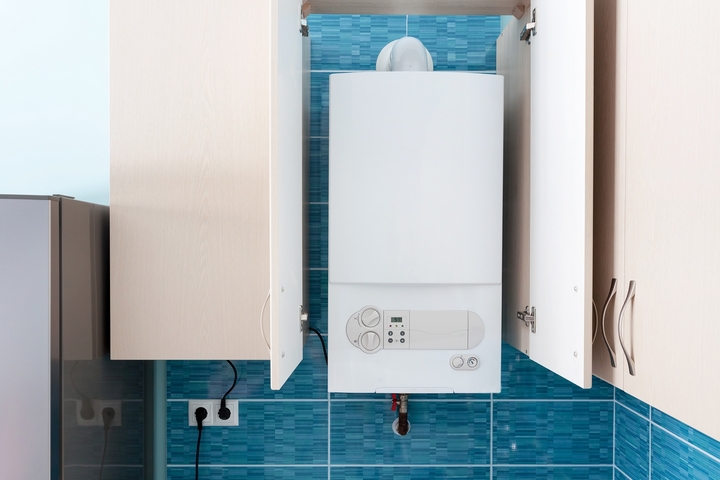
A hot water baseboard system is a modern type of radiant heat. It is also referred to as a hydronic system. Water is heated in a centralized boiler and circulated through several water pipes. The water is directed to low-profile baseboard heating units, which radiate heat from the hot water into the room with the help of thin metal fins surrounding the water pipe.
These types of home heating systems are essentially an updated version of the traditional upright radiator systems. Hydronic systems can use electricity, fuel oil, liquid propane, or natural gas.
Type #4: Traditional Radiator and Boiler Systems
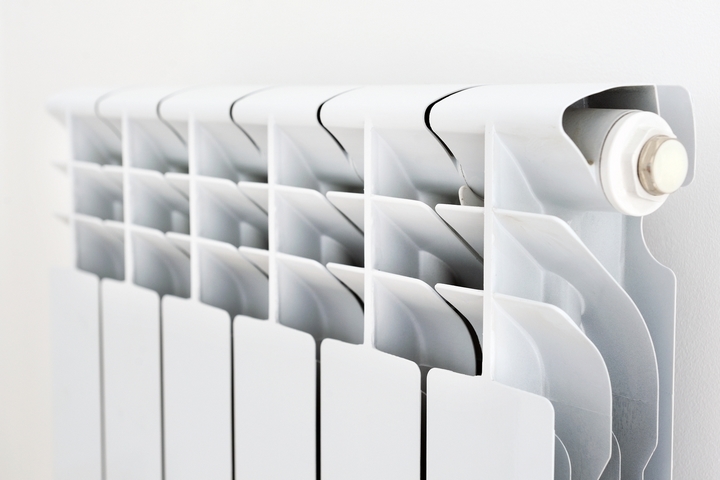
Older apartment buildings and homes are often heated by traditional radiators and boiler systems. They feature a central boiler, which circulates hot water or steam via pipes to radiator units placed strategically around the home. A cast-iron upright unit is considered the classic radiator and is usually positioned near a window. In some cases, it is known as a steam radiator, but this term can be inaccurate.
Old radiators use two main systems. A true steam boiler circulates gaseous steam via pipes to individual radiators that condense steam back into the water. As it flows back, it reheats the boiler. In modern radiator systems, hot water is circulated to radiators using electric pumps. The hot water produces heat, which is then released into the radiator. Meanwhile, the cold water returns to the boiler for reheating.
Type #5: In-Floor Radiant Heating Systems
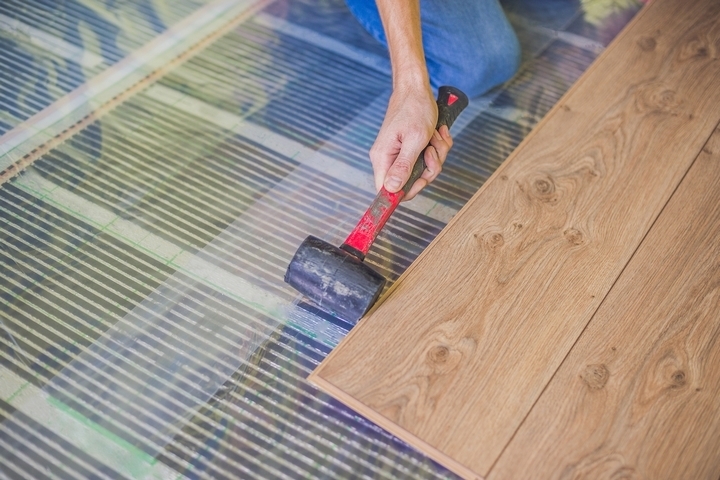
Radiant heating systems warm materials and objects like flooring and furniture, rather than just heating the air like forced air-heat systems. In-floor heating features plastic water tubing attached to the bottom of wood floors or installed in concrete slab floors. It is energy-efficient and generally quiet. Although it takes longer to adjust and heat your home, the heat is consistent.
Some in-floor systems use electrical wiring installed under flooring materials like stone tile or ceramic. However, these heating systems are not energy efficient. As a result, you are likely to find them only in bathrooms and other small rooms.
Type #6: Electric Resistance Heating Systems
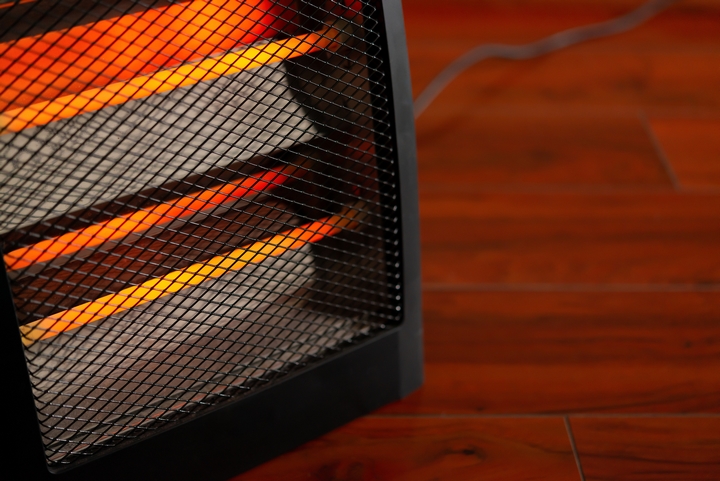
Electric baseboard heaters is an uncommon type of home heating since they attract high electricity costs. However, they’re a popular choice for supplemental heating of seasonal rooms, home offices and finished basements. Installing an electric heater is easy and inexpensive as it doesn’t require distribution equipment. Besides the fact that the unit has no moving parts, it is affordable. These heating systems rarely require maintenance.
There are also electric radiant heaters that generate heat using radiation. These types of house heating systems are typically installed close to the ceiling and directed towards the room occupants to provide more focused heat. Compared to baseboard units, radiant heaters are more energy-efficient. For power, electric systems only need an electric circuit.
Type #7: Forced Air Heating Systems
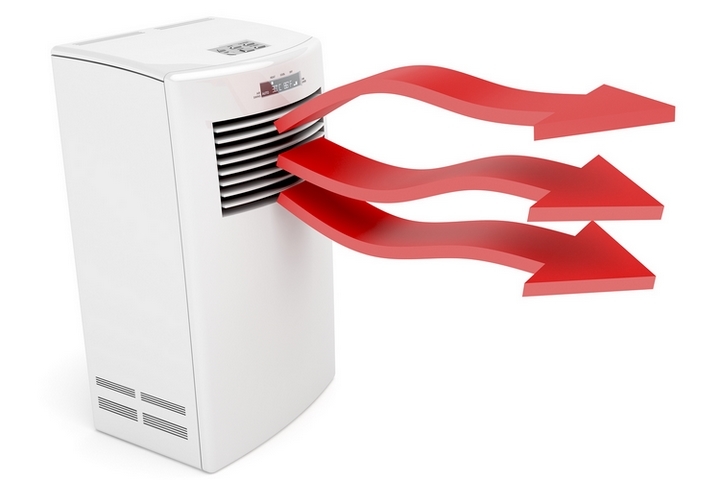
Forced air systems use a furnace and a blower fan to distribute warm air to different rooms in a home via a network of ducts. These systems work quickly to adjust the room temperature. Conditioning systems can use the same ductwork and blower as forced air systems, making them highly efficient. These systems use fuel oil, natural gas, liquid propane, or electricity to heat a home.

